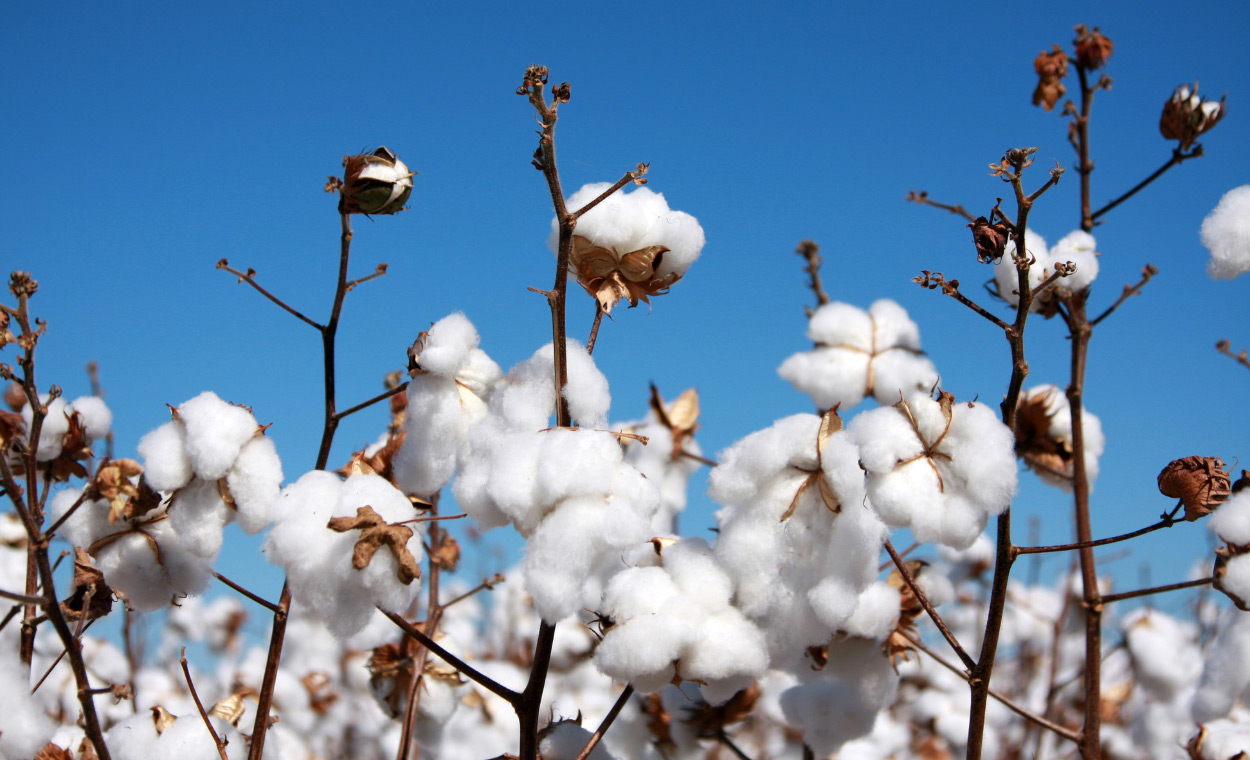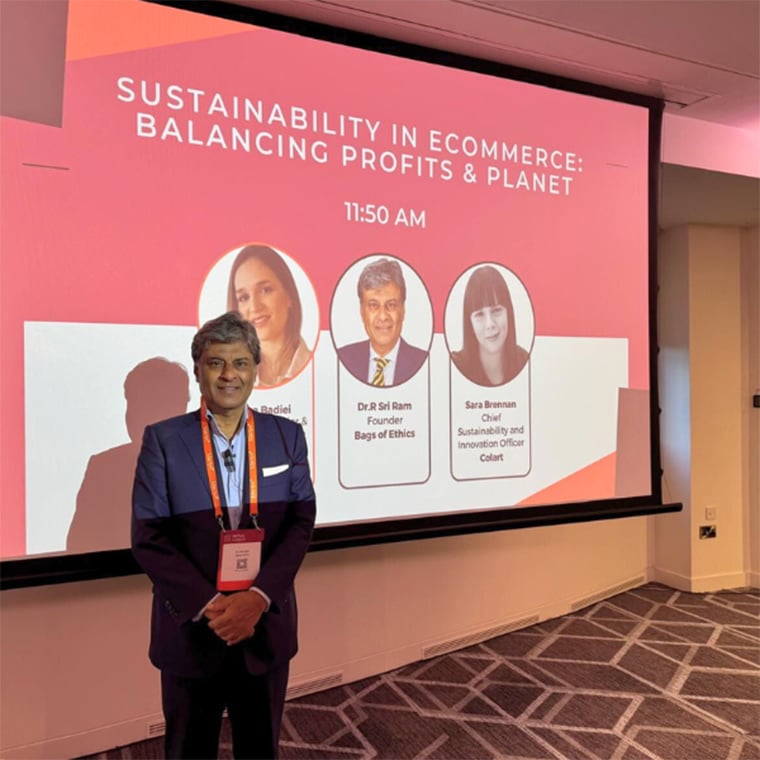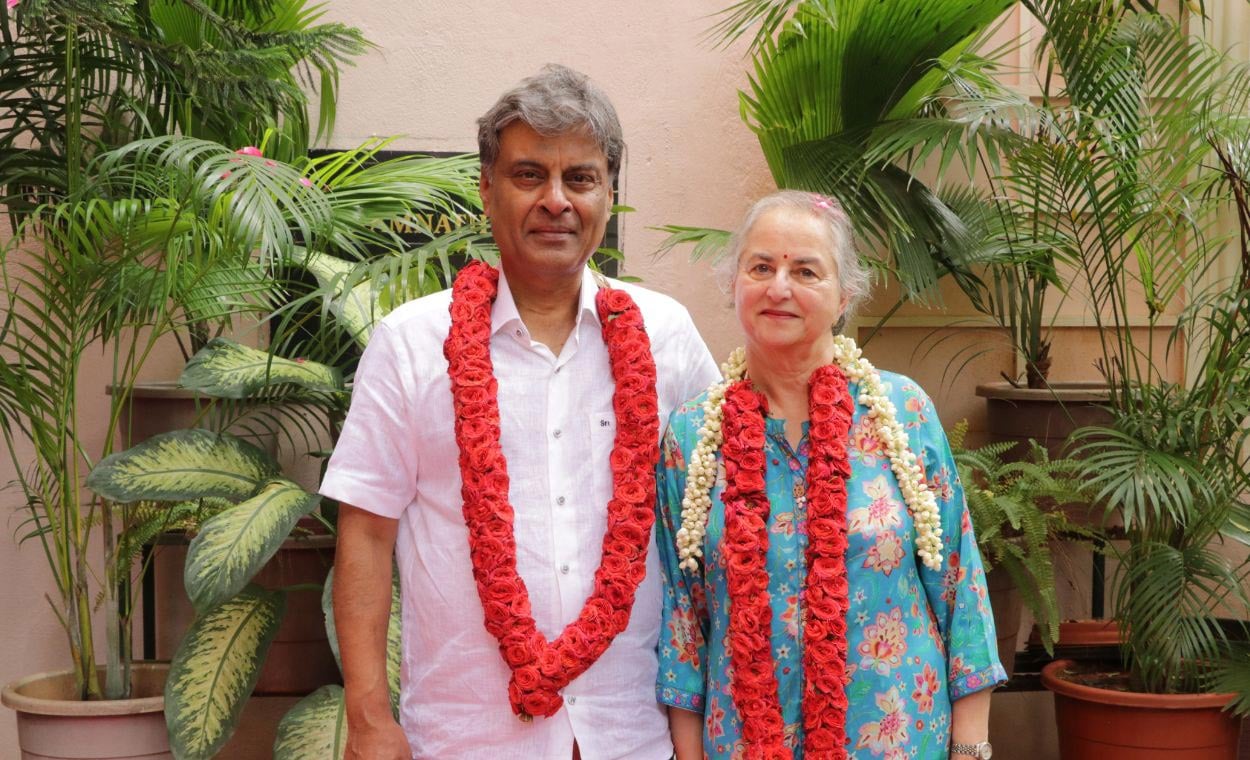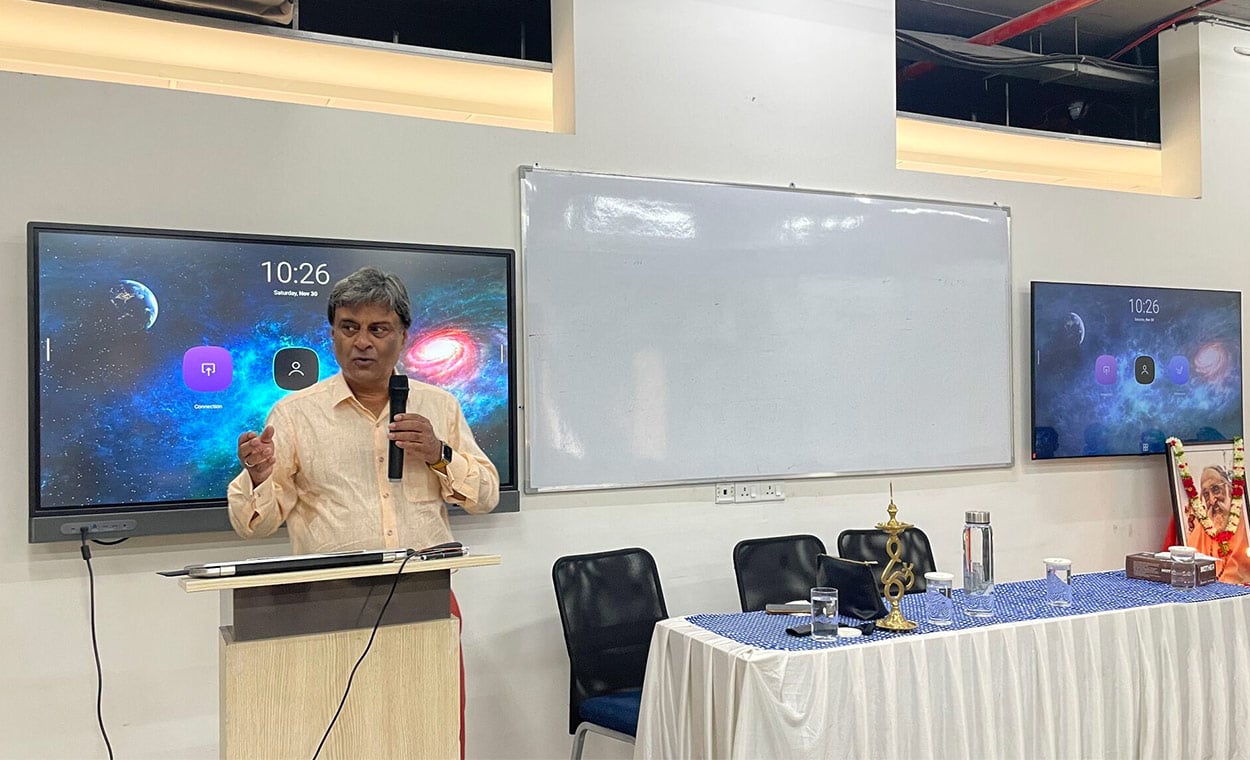Choosing a fibre from a design perspective can be challenging enough, but the fibre that a fabric is made from also has numerous environmental and social impacts. It can be difficult to work out the best option when selecting a fibre. Introducing Fibre Focus, our fabric blog that breaks down the various impacts of a fibre from an environmental, social justice and design standpoint. It is important to also consider any potential impacts a fibre might have if it were to become more popular.
Design advantages :
- Strong, lightweight and durable fabric
- Versatile fabric that has a wide range of applications
- Affinity with all dyestuff
- Comfortable for the consumer to wear
- Ideal surface for printing
- Different thicknesses are easy to obtain – canvas, poplin, muslin etc
- Insulating fabric – cool in summer and retains heat in winter
Design disadvantages :
- Can fade in direct and prolonged sunlight
- Fine cotton can tear easily
- Thick cotton can take a long time to dry, think wet jeans
- Cotton can crease easily compared to other fibres
Environmental impacts :
- Cotton fibre is natural, biodegradable and renewable
- Even organic cotton is a water intensive crop that can lead to soil degradation and water source depletion if farmed irresponsibly
- Unlike other natural fibres, cotton plants typically only have application in the textile industry
- Conventional cotton requires heavy chemical intervention such as the routine application of pesticides and fertilisers
- Growing cotton requires clean water – “with accessible water amounting to less than 1% of the world’s water supply, this resource is both valuable and finite. 97% of the world’s water is salty, a further 2% is trapped in ice and snow, and 70% of the remaining 1% is used for farming crops.” National Geographic
- Prolonged and routine use of pesticides and fertilisers causes air, water and soil pollution – all of which have knock-on effects that threaten ecological equilibrium
- Pesticides are often referred to as ‘ecological narcotics’ because the crop rapidly builds up a tolerance to the chemicals and therefore a larger quantity is required for every crop
- Cotton is recyclable
- As with most crops, cotton photosynthetsises to an extent during growth
Social impacts :
- Cotton farming provides jobs, which generate income for households
- Working closely with pesticides has been shown to cause cancers
- Residential areas surrounding cotton farms contain residual chemicals in the air, water and soil – this is detrimental to human health, especially children. In the Punjabi region of India – a major player in the nation’s cotton industry – levels of neurological development issues are much higher than other states in the country.
- Residential areas surrounding cotton farms generally face water shortages or water pollution
- Cotton farmers using pesticdes can quickly become indebted to large chemical corporations that dominate the pesticide/fertiliser/genetic modification industry. Over the last 17 years, over 250,000 farmer suicides have taken place in India due to mounting debts and falling yields
- Cotton is a comfortable fabric that is easy to care for during its useful life
- Organic cotton is non-allergenic
- Cotton machine washes well at lower temperatures – this can save consumer households money
- Cotton can be hand processed and spun (Khadi) – this has no carbon emissions and preserve traditional handicraft
Positive potential impacts :
- Decreased presence of non-biodegradable textiles in landfill
- Increased presence of organic and recycled cotton
- Preservation of jobs
- Preservation of handicrafts – Khadi
- Preservation of finite oil resources
Negative potential impacts :
- Pollution of air, water and soil
- Decreased ecological equilibrium
- Increased dependence on large chemical companies and a related risk of farmer suicides
- Depletion of vital and finite water sources
- Increased human health risk associated with chemical pesticide use – especially in children living locally to cotton farms
So there you have it, a simple breakdown on cotton’s various impacts that you can keep in mind when next buying, sourcing or designing.
Fibre Focus: Cotton









 France
France
 Germany
Germany
 Italy
Italy
 Spain
Spain
 United States
United States
 India
India










